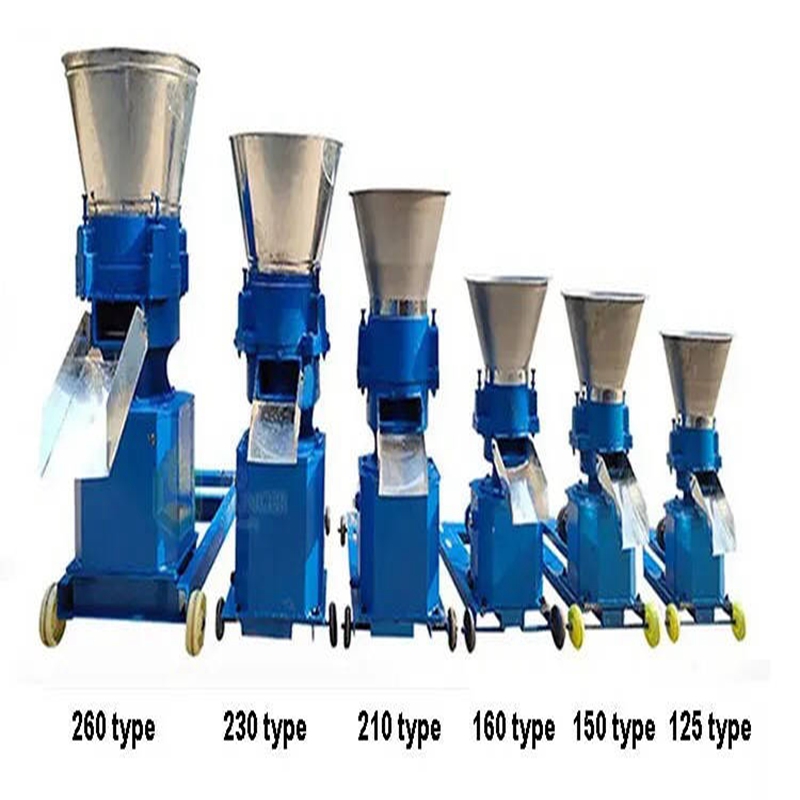Designing the Perfect Habitat for Breeding Rabbits in a Cage Setup
Nov . 06, 2024 12:53 Back to list
Designing the Perfect Habitat for Breeding Rabbits in a Cage Setup
The Importance of Rabbit Breeding Cages
Breeding rabbits can be a rewarding endeavor, whether for pets, show rabbits, or meat production. One of the most critical components of successful rabbit breeding is having the right cage for your rabbits. The design and functionality of rabbit breeding cages play a substantial role in the health and well-being of the animals, as well as the efficiency of the breeding process.
Choosing the Right Cage
When selecting a breeding cage, several factors must be considered, including size, ventilation, and ease of maintenance. Each rabbit needs sufficient space to move freely, stretch, and even exhibit natural behaviors. A good rule of thumb is to provide a minimum of 30 square feet of cage space per adult rabbit. This ensures they have room to roam and interact comfortably.
Ventilation is another key aspect. Proper airflow within the cage helps prevent the buildup of ammonia and other harmful gases from rabbit waste, which can adversely affect respiratory health. Mesh or slatted floors can improve airflow while allowing waste to fall through, making cleaning easier. Cages made of durable materials such as galvanized wire or heavy-duty plastic can withstand the wear and tear of everyday use while ensuring the safety of the rabbits.
Design Considerations
A well-designed rabbit breeding cage will also consider the specifics of the breeding process. For instance, the cage should have separate compartments for males and females to avoid unintentional mating. Additionally, having a section for nests is crucial during the breeding phase. A nesting box with adequate bedding will give a mother rabbit a safe and comfortable place to deliver and care for her young.
rabbit breeding cage

The entry and exit points of the cage should facilitate easy access for both the breeder and the rabbits. Including doors that swing open or slide can help minimize stress for the rabbits, especially when it comes time for cleaning or handling. Ergonomically designed cages make it easier for the breeder to interact with the rabbits, which is especially important for socialization during their formative stages.
Health and Safety
The health and safety of the rabbits should be the top priority when setting up a breeding operation. Cages should be raised off the ground to prevent contact with moisture and pests that could pose risks to their health. Additionally, the cage should be equipped with water bottles and feeders that are easily accessible, allowing for efficient feeding routines.
Regular cleaning is essential to prevent the spread of diseases. Cages should be designed for easy disassembly or access for thorough cleaning. A consistent cleaning schedule not only contributes to the health of the rabbits but also helps in the overall management of the breeding operation.
Conclusion
In summary, rabbit breeding cages are more than just housing for your animals; they are fundamental to a successful breeding program. Choosing the right cage involves careful consideration of size, ventilation, design, and health safety. By providing rabbits with comfortable and safe living conditions, breeders can ensure that their rabbits thrive, leading to healthy offspring and a prosperous breeding venture.
Investing in quality breeding cages may require an initial expenditure, but the long-term benefits—enhanced rabbit health, improved breeding efficiency, and higher-quality litters—far outweigh the costs. As the rabbit breeding community continues to grow, understanding the significance of the breeding environment will undoubtedly pave the way for more responsible and successful husbandry practices.
-
Hot Sale 24 & 18 Door Rabbit Cages - Premium Breeding Solutions
NewsJul.25,2025
-
Automatic Feeding Line System Pan Feeder Nipple Drinker - Anping County Yize Metal Products Co., Ltd.
NewsJul.21,2025
-
Automatic Feeding Line System Pan Feeder Nipple Drinker - Anping County Yize Metal Products Co., Ltd.
NewsJul.21,2025
-
Automatic Feeding Line System - Anping Yize | Precision & Nipple
NewsJul.21,2025
-
Automatic Feeding Line System - Anping Yize | Precision & Nipple
NewsJul.21,2025
-
Automatic Feeding Line System-Anping County Yize Metal Products Co., Ltd.|Efficient Feed Distribution&Customized Animal Farming Solutions
NewsJul.21,2025






